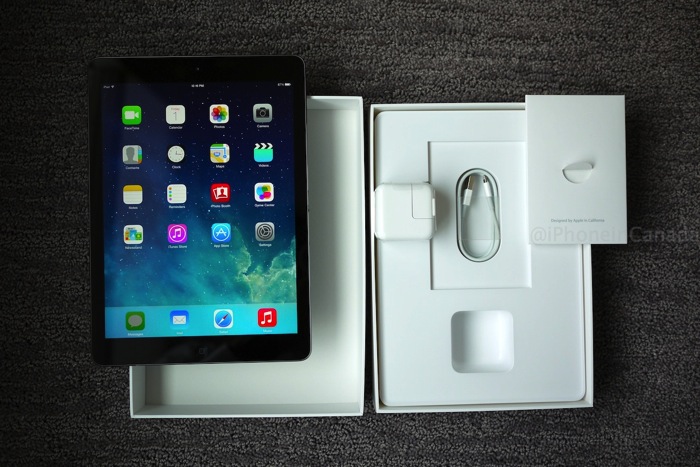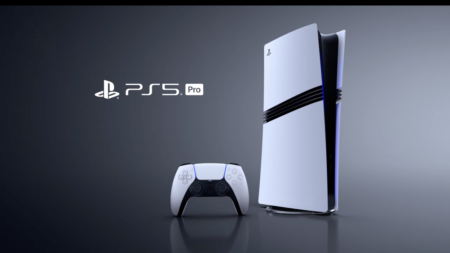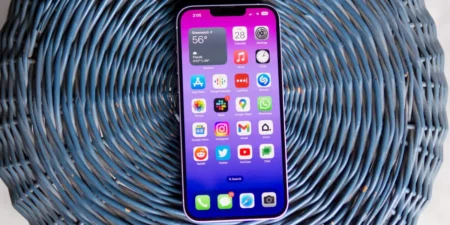 10:25 AM – Apple introduced the lighter, thinner iPad last month, debuted as iPad Air. The design was much thinner than its predecessor, but it just made us wonder how the company was able fit everything inside such a small package.
10:25 AM – Apple introduced the lighter, thinner iPad last month, debuted as iPad Air. The design was much thinner than its predecessor, but it just made us wonder how the company was able fit everything inside such a small package.
When iFixit did the iPad Air tear down, it was revealed that Apple put in a smaller battery than in previous version (32.9 Whr vs. 43 Whr). Of course the main thing that comes to our mind is how well the iPad will perform with a smaller battery, will it have less battery life, or more? You’re in for a surprise, to say the least.
The well known AnandTech did a stress-test on the iPad Air and its battery performance. Here is what they did:
“I set the iPad Air up as a personal hotspot, wirelessly tethering it to a 13-inch MacBook Pro with Retina Display. I started a constant 100KB/s transfer on the MacBook Pro (2x the transfer rate of my iPad 3 test) and with the iPad Air’s display off I measured battery life. Last time I chose 50KB/s as it was the average transfer rate across our old WiFi web browsing battery life test, I doubled the workload to be more reflective of more strenuous demands. In reality I’d expect to see a burstier usage profile, but that’s something for me to test down the road.
A total of 24.08 hours and over 8GB of transfers later, the iPad Air finally died.”
It’s still very impressive how the iPad Air is able to go through an entire day without needing to recharge. Despite having a smaller battery, Apple introduced the 64-bit A7 chip with an improved modem that allows the tablet to perform very well in the battery life area. LTE is known to cause a battery drain since it’s faster data processing, such as on smartphones where the batteries suffer (not limited to iOS).
What do you think?




